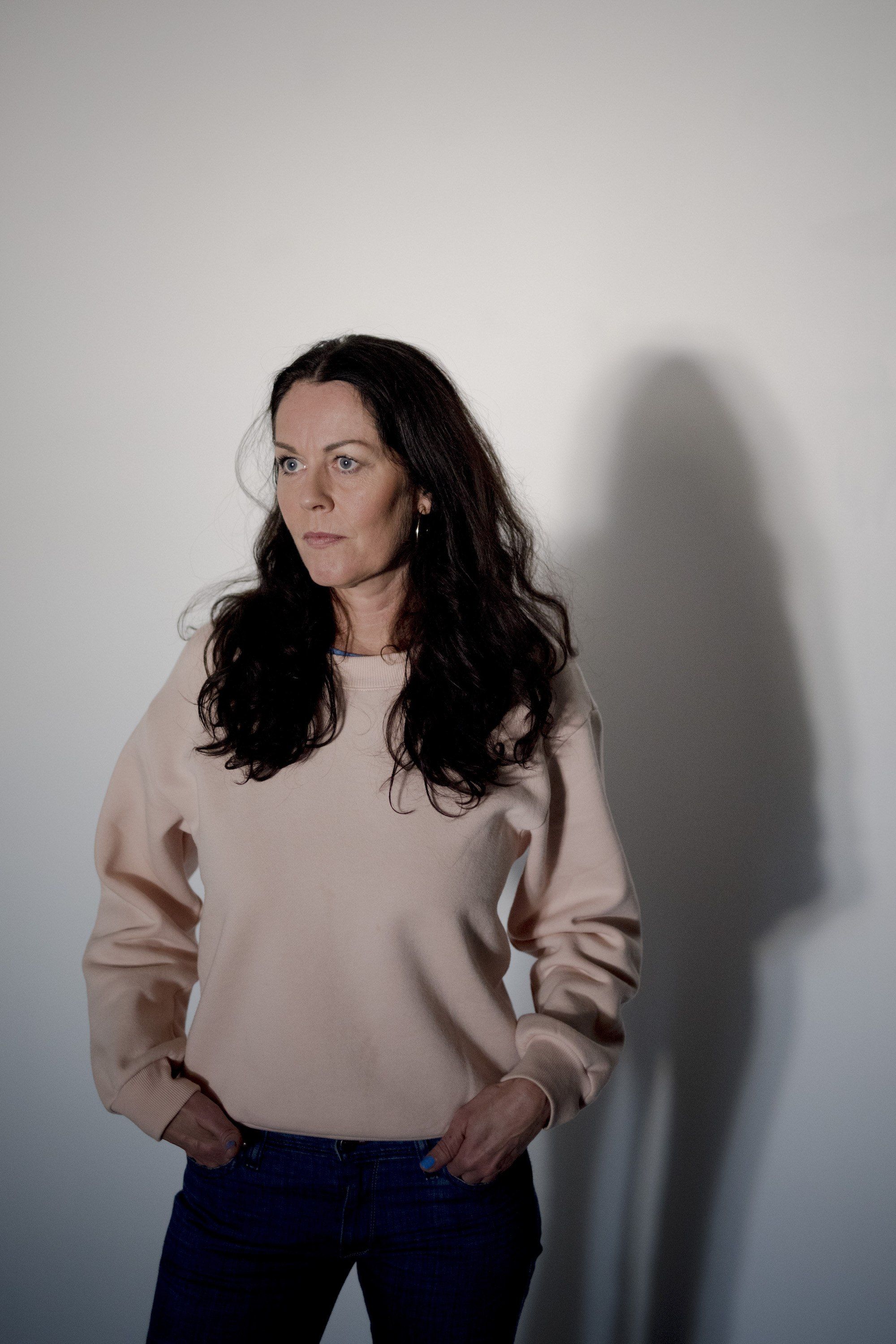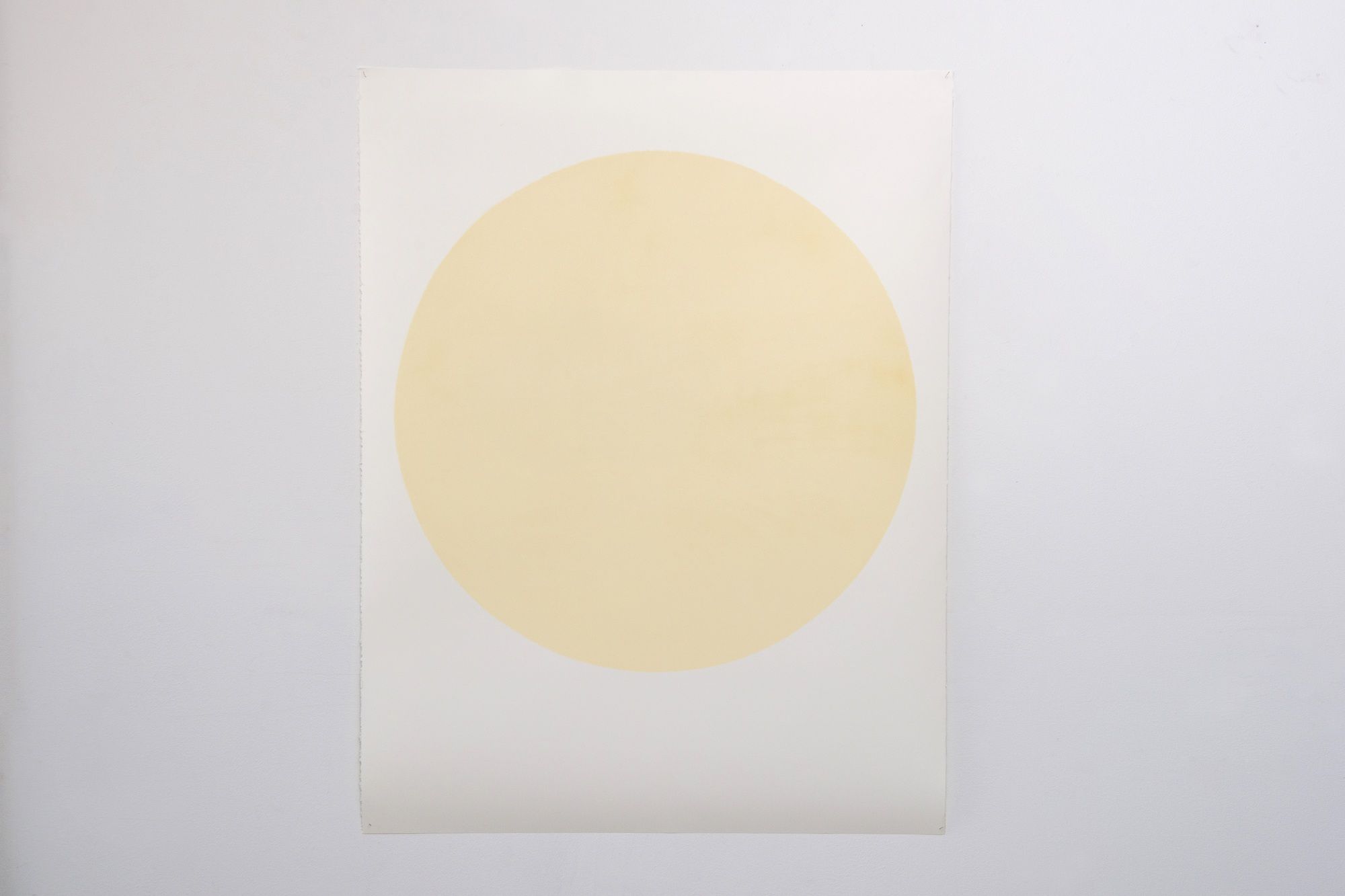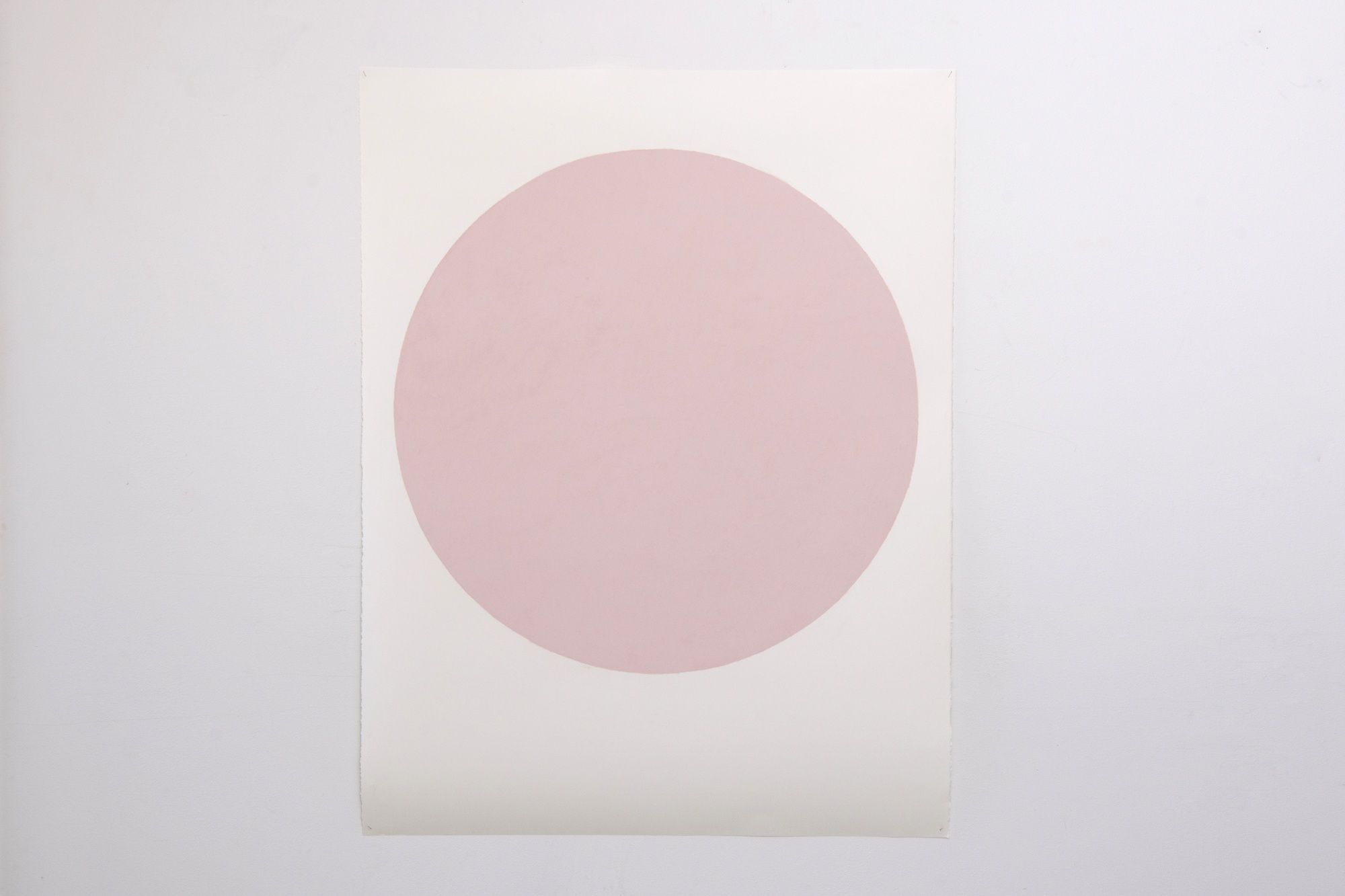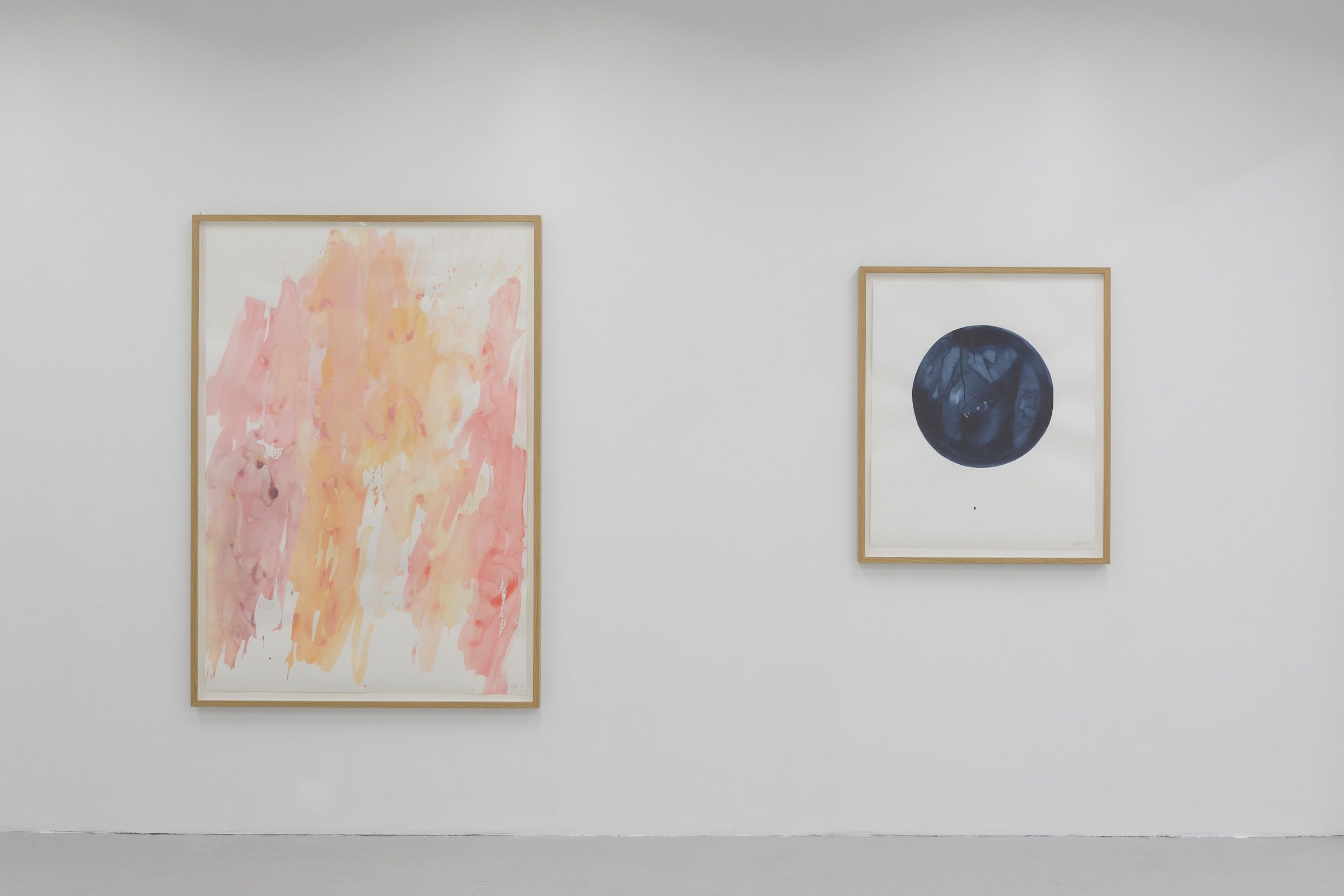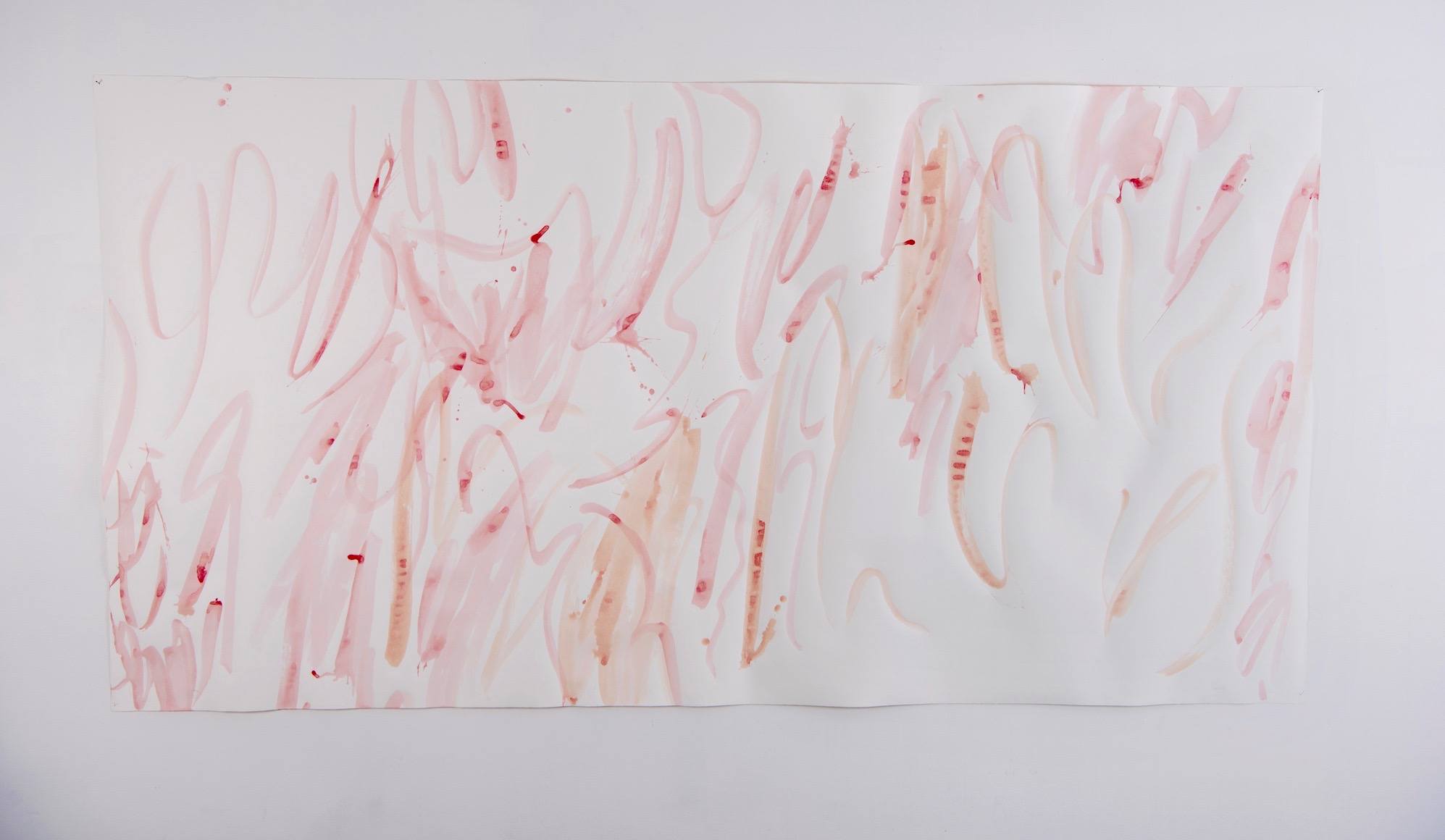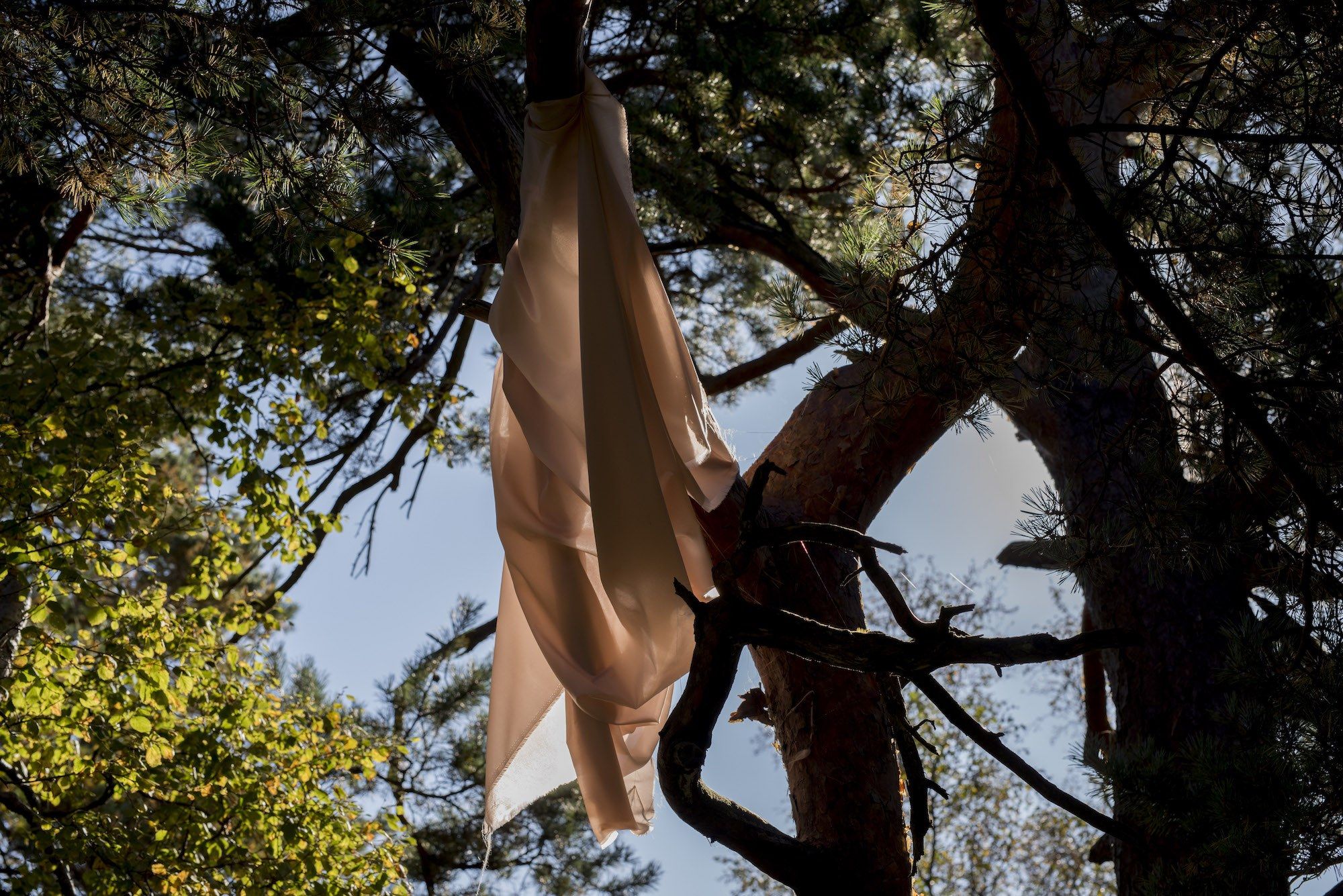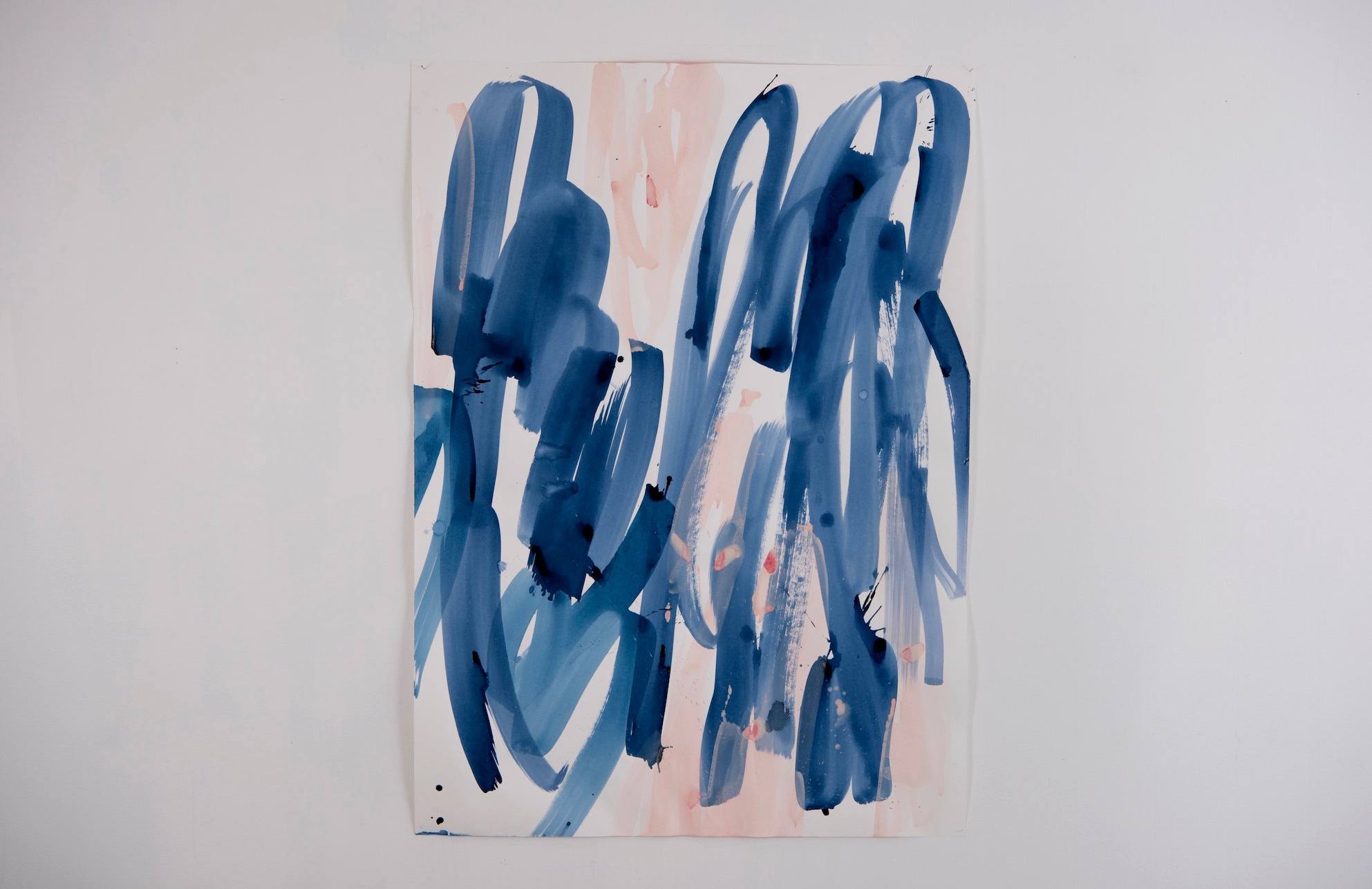Margrethe Aanestad (b. Stavanger, Norway, 1974) lives and works in Stavanger and New York. She is one of the founders and directors of Prosjektrom Normanns. Aanestad studied fine arts at the Rogaland Art College and holds a BA from the University of Stavanger in Arts & Cultural Management (2000). Solo exhibitions include: Torrance Shipman Gallery, NY, curated by Meaghan Kent (2015); Dimensions Variable, Miami, FL (2015); Open Source Gallery, NY (2013). Selected group&duo exhibitions; Kulturøya, Stavanger, Norway, curated by Monika Wührer (2017); Dimensions Variable, Miami, FL, curated by Leyden Rodriguez-Casanova and Frances Trombly (2016); Another Space, Copenhagen (2014); Interno4, Bologna, Italy (2013); Galería Des Pacio de la Cruz, San Jose, Costa Rica, curated by Omar Lopez Chahoud (2013); ISCP, New York, curated by Nick Kline and Monika Wuhrer (2012). Aanestad has participated at Art Untitled art fair in Miami and San Francisco (2012/14/15/17/18). Commissioned permanent installations include University of Stavanger, Norway (2016); British Petroleum, Norway (2016); Stavanger Municipality (2012/2016). Her work is included in private collection in Lima, Peru; Toronto, Canada; New York, NY; Miami, FL; San Francisco, CA; Portland, OR and Stavanger, Norway. She is co-founder and co-owner of the creative working space ELEFANT in Stavanger, where she has her studio. Future projects include Kunsthall Stavanger (2018); Abingdon Studios (Blackpool) (2018); Interface gallery; San Francisco (2019). www.margretheaanestad.com


